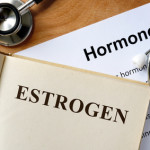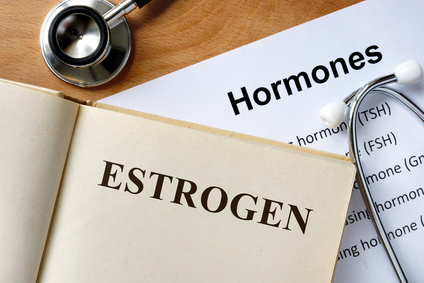 Have you noticed that 10-year-old girls look a lot more “womanly” these days? The average age for the onset of menstruation used to be 15 years (in the 19th century), but now it is shifting to an average age of 12 years old. And it is more common than you think for 7, 8, or 9-year-old girls to start their periods.
Have you noticed that 10-year-old girls look a lot more “womanly” these days? The average age for the onset of menstruation used to be 15 years (in the 19th century), but now it is shifting to an average age of 12 years old. And it is more common than you think for 7, 8, or 9-year-old girls to start their periods.
This trend is concerning physicians for several reasons. Not only can this set the stage for earlier onset of emotional and behavioral problems connected with puberty, such as depression, eating disorders, alcohol use, earlier loss of virginity, etc., but there is also evidence that suggests that this causes an increased risk of diabetes, heart disease and even cancer later in life.
Recent research confirms this and the culprit appears to be hormone disrupting chemicals, specifically estrogen mimicking substances. Studies are discovering that there are a multitude of these types of chemicals. One of them is called BPA, which is found in many personal care products, such as cosmetics, sunscreens, toothpaste, shampoos, and even on credit card receipts, etc. However, there are many more chemicals besides BPA that have the same or similar effects.
If you have children and would like to do everything in your power to keep them away from these hormone-disrupting substances, I encourage you to review the following list and make the necessary changes:
- Switch to all-natural personal care products.
- Store food in glass containers, stay away from plastics, even plastic wrap
- Use “green” cleaners
- Avoid artificial air fresheners, dryer sheets, fragrances
- Switch from non-stick to ceramic or glass cookware
- Avoid soy, especially non-fermented
- Use BPA-free infant bottles and sippy cups
- Switch your vinyl shower curtain for one out of fabric
- Look for “green” paints and vinyl floorcoverings
- And, of course, try to eat as much organic, non-processed food as possible


